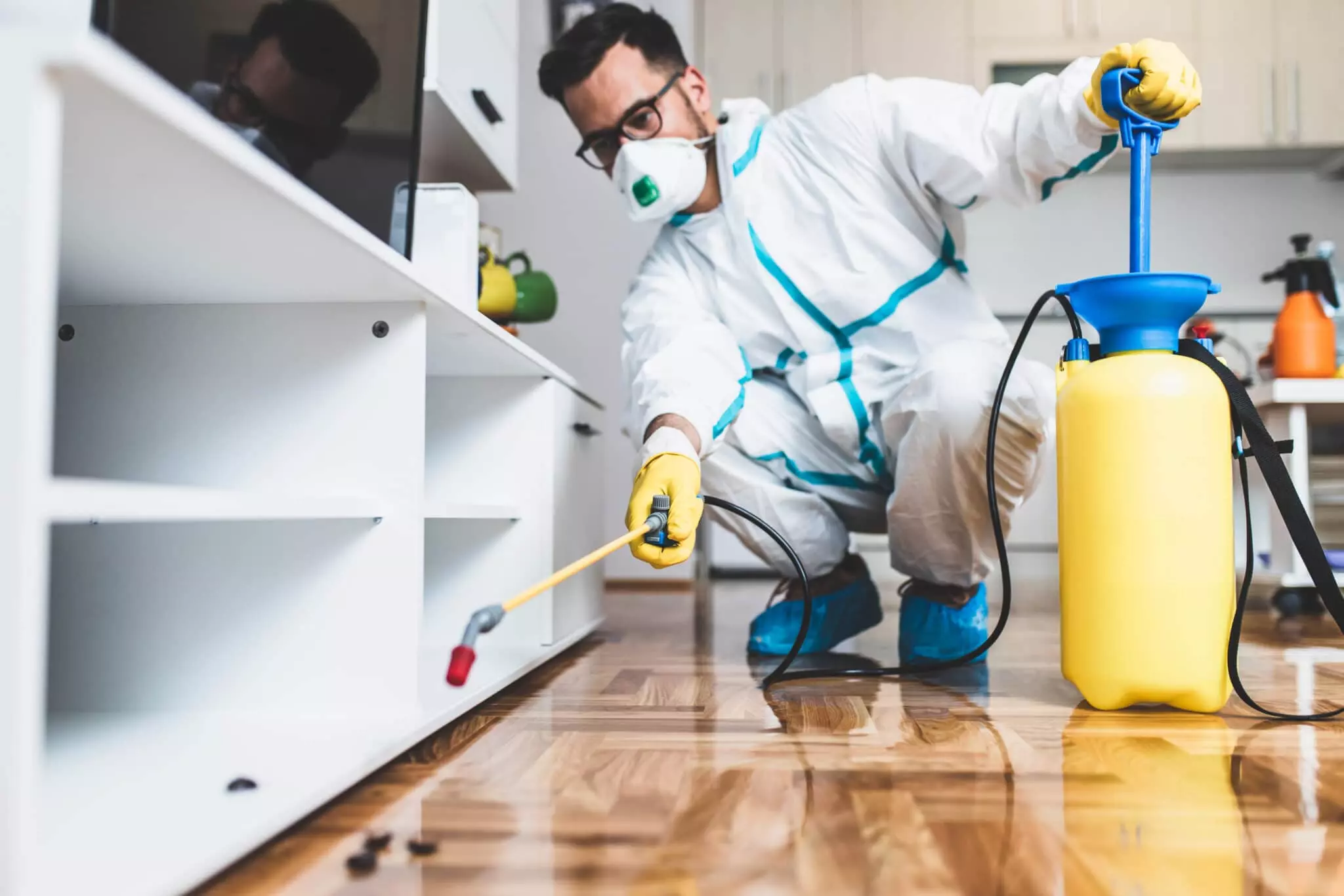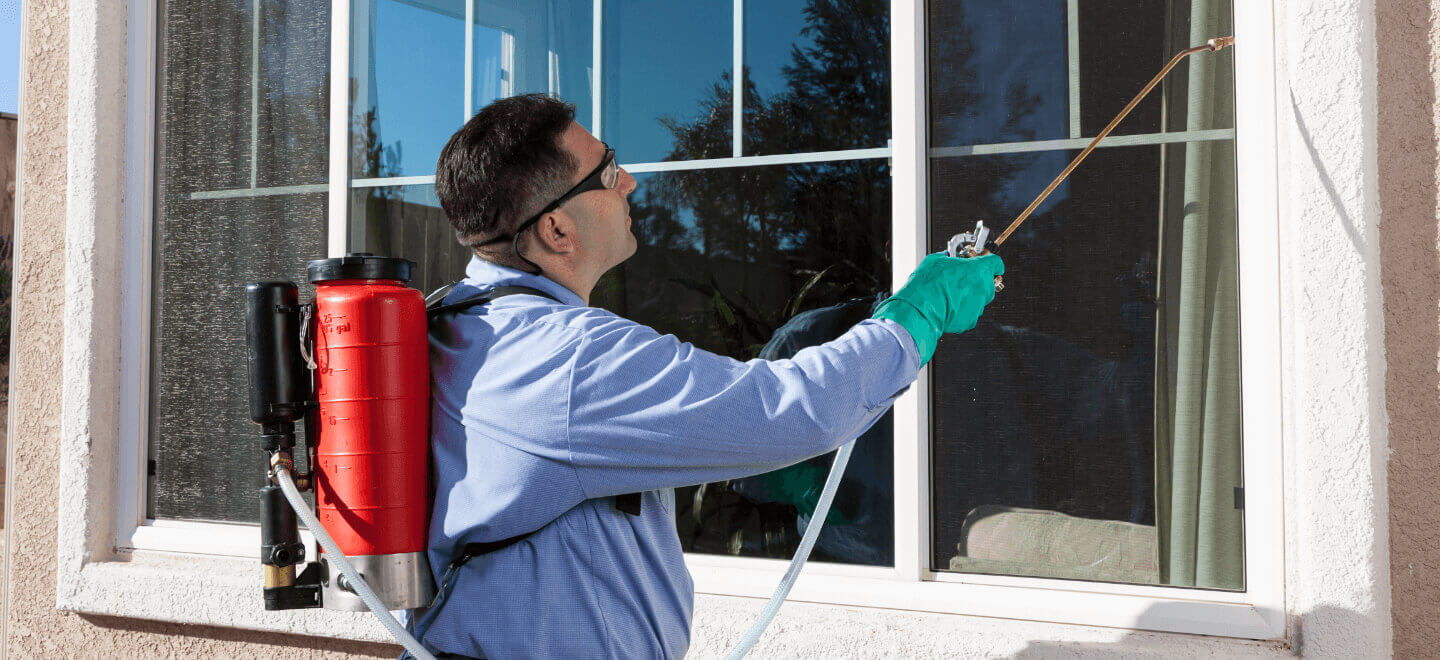A1 Bed Bug Exterminator Charlotte - Specialized Bed Bug Elimination
A1 Bed Bug Exterminator Charlotte - Specialized Bed Bug Elimination
Blog Article
Bed Pest Treatment Malfunction: Contrasting Chemical Vs. Non-Chemical Solutions
In the world of pest control, particularly when taking care of the relentless issue of bed pests, the choice between chemical and non-chemical treatment services can be a critical one. Both strategies offer unique benefits and drawbacks, affecting factors such as efficiency, safety and security factors to consider, and total cost. By checking out the nuanced information of each technique, a more clear understanding of which path to go after in addressing a bed pest infestation can be acquired.
Efficiency of Chemical Therapies
Chemical therapies for bed insect invasions have actually been commonly acknowledged for their powerful and quick efficiency in eradicating these insects. When thinking about the effectiveness of chemical therapies, it is crucial to understand that they can provide a comprehensive and fast remedy to a bed bug problem. Expert pest control men frequently depend on insecticides to target bed bugs at different phases of their life cycle, including nymphs, adults, and eggs. These chemicals usually function by interfering with the bed insects' nerve system, resulting in paralysis and eventual death.
Additionally, chemical treatments have the benefit of supplying recurring effects, indicating that they can remain to eliminate bed pests also after the first application. This recurring action is especially beneficial in combating any potential re-infestations. In addition, the rapid action of chemical therapies can bring relief to people encountering extreme bed bug invasions, allowing them to gain back control of their home promptly.
Safety Problems With Chemical Solutions
One important element that needs cautious consideration when utilizing chemical services for bed bug treatment is ensuring the safety and security of passengers and the setting. Direct exposure to particular chemicals made use of in bed pest treatments can lead to respiratory issues, skin irritation, or other negative reactions, particularly in individuals with pre-existing problems or level of sensitivities.
In addition, the ecological effect of chemical services is another substantial factor to consider. Some pesticides used in bed pest treatments may be harmful to beneficial pests, wildlife, and communities if they leach right into the soil or water supply. It is vital to make use of chemical treatments judiciously, adhering to security guidelines, and taking into consideration less poisonous options to mitigate these dangers and guarantee the safe and reliable administration of bed bug invasions.
Benefits of Non-Chemical Techniques
Thinking about the possible security problems and environmental impact related to chemical solutions for bed insect therapy, discovering non-chemical methods presents a promising choice with several distinct advantages. Non-chemical methods use a safer alternative for homes, specifically those with people, youngsters, or animals conscious rough chemicals. These methods remove the dangers of direct exposure to harmful compounds, reducing try these out the capacity for damaging health effects. Moreover, non-chemical therapies are eco-friendly, as they do not add to air or water air pollution, making them a lasting choice for insect control.
In addition, non-chemical remedies can be reliable in targeting bed pests, consisting of hard-to-reach locations where chemical therapies might not permeate. Techniques such as warmth treatment, vacuuming, heavy steam cleaning, and mattress coverings provide detailed obliteration without the usage of dangerous chemicals. In addition, non-chemical strategies can be much less turbulent, calling for minimal prep work and permitting quicker reentry right into dealt with locations. Generally, choosing for non-chemical bed insect treatment methods not only focuses on safety and security and ecological protection yet additionally guarantees efficient and thorough pest control.
Limitations of Non-Chemical Treatments

Additionally, non-chemical therapies often require several applications to attain effective removal. This can be lengthy and might not constantly guarantee complete removal of all bed bugs and their eggs, particularly in concealed or hard-to-reach areas.
In addition, the success of non-chemical treatments heavily relies upon appropriate application and thoroughness, which can be testing for people without expert know-how. Inadequate application of non-chemical methods might lead to incomplete elimination, bring about relentless infestations and the requirement for extra treatments.
Therefore, while non-chemical therapies have their benefits, it is important to acknowledge these details these limitations and consider them when establishing the most reliable strategy for taking care of bed pest problems.
Price Comparison: Chemical Vs. Non-Chemical Options
Provided the limitations connected with non-chemical therapies, an essential aspect to evaluate in the context of bed pest monitoring is the expense comparison between chemical and non-chemical alternatives. Chemical therapies normally include the application of insecticides by specialists, which can vary from $250 to $900 per space, depending upon the seriousness of the infestation and the dimension of the location to be dealt with. In contrast, non-chemical therapies like warm treatment or vapor can be a lot more expensive, with costs varying from $1,000 to $6,000 for an entire home. While the initial price of chemical treatments might appear reduced, several treatments might be needed to completely eliminate the problem, possibly enhancing the overall expense. On the other hand, non-chemical alternatives may provide an extra sustainable and environmentally friendly service, although they can be cost-prohibitive for some individuals. Eventually, when considering the commercial pest control services price of bed insect therapy choices, it is important to consider the in advance expenses against the efficiency and lasting sustainability of the chosen approach.
Verdict

Considering the possible security problems and ecological impact linked with chemical services for bed pest therapy, exploring non-chemical methods provides an encouraging alternative with a number of distinctive benefits.Offered the constraints associated with non-chemical therapies, a crucial element to evaluate in the context of bed pest management is the price comparison in between chemical and non-chemical choices. In comparison, non-chemical treatments like warmth treatment or vapor can be much more pricey, with expenses varying from $1,000 to $6,000 for an entire home. While the first cost of chemical therapies may seem reduced, several therapies may be called for to fully remove the infestation, potentially raising the overall price.In conclusion, when comparing chemical and non-chemical bed pest treatment choices, it is vital to take into consideration effectiveness, safety and security, benefits, limitations, and cost.
Report this page